In Manchester or Berlin, a rainy day might prompt nothing more than a quick grumble about soggy shoes and umbrellas flipping inside out. In Saudi Arabia, however, rain is an event worthy of headlines and hashtags.
Last week, cities across Saudi Arabia experienced a rare cool spell, complete with rain, wind, and plunging temperatures. Jeddah dipped to a breezy 18–23°C, Riyadh shivered at 11°C, and Tabuk flirted with frost at 8°C. Even in Dammam and Al Khobar—cities more accustomed to sauna-like conditions—people traded their air-conditioned indoors for a breath of crisp air.
The excitement was tangible. Social media feeds transformed into virtual weather diaries, with videos of children gleefully jumping into puddles and images of steaming cups of tea held aloft like trophies. Sweaters, scarves, and, in some cases, full winter coats made appearances in cities where rain is as rare as a traffic-free commute.
“It’s not just weather for us,” said Faisal Al-Qahtani, a Jeddah resident. “It’s a blessing—and a reason to finally wear my jacket without feeling ridiculous.”
For Saudis, rainfall is more than a break from the sun — it’s barakah (a blessing). In Islamic tradition, rain is seen as a sign of divine mercy, and supplications made during rainfall are believed to be especially potent. In regions where rainfall is scarce, communities gather for the istisqa prayer, calling on God to bring rain. Even political leaders have participated in this deeply rooted tradition — a reminder of how nature can unify a nation.
Rain is so rare in Saudi Arabia that the country has turned to cloud seeding to increase precipitation. But last week’s showers were a genuine gift from the skies, unassisted by artificial means, amplifying the sense of delight and spontaneity. The cloud seeding program, launched in 2021 by the National Center for Meteorology, uses aircraft to disperse silver iodide and other compounds into suitable clouds, encouraging rainfall. Targeting regions such as Riyadh, Hail, and Qassim, the initiative aims to combat water scarcity by increasing annual rainfall.
While Riyadh and Tabuk are used to bracing for winter chills — where frost forms on windshields and heaters become essential — the reaction is different in Jeddah, Makkah, and the Eastern Province. In these regions, rain is less about practicality and more about celebration. In Jeddah, for instance, even a light drizzle brings the Corniche alive, with families snapping selfies against a backdrop of rain-slicked streets.
“It’s like a mini holiday,” joked Sara Al-Harbi, an urban planner. “Except instead of traveling, you dig out your winter wardrobe and drink tea outside.”
This enthusiasm for rain has been further fueled by Saudi Arabia’s urban transformation. Over the past decade, cities like Riyadh, Jeddah, and Dammam have heavily invested in public spaces — from sprawling parks to revitalized waterfronts. These developments, paired with improved infrastructure, have made it easier for residents to enjoy rare weather moments without worrying about their cars turning into boats.
Technology has added its own layer to the experience. Apps like Anwaa and push-alerts from weather services have turned forecasting into a national pastime.
“A decade ago, rain just happened,” Sara added with a laugh. “Now we know exactly when to take our tea outdoors.”
As temperatures inevitably climb back to their usual toasty norms, last week’s rainstorm leaves a lasting impression. Whether it’s frostbitten winds in Tabuk or drizzle-drenched promenades in Jeddah, the shared experience of cooler weather offered a rare moment of connection across the Kingdom.
For Saudis, rain isn’t just weather — it’s a reminder of life’s simple joys: a fresh breeze, a fleeting puddle, and the rare satisfaction of wearing that forgotten scarf.
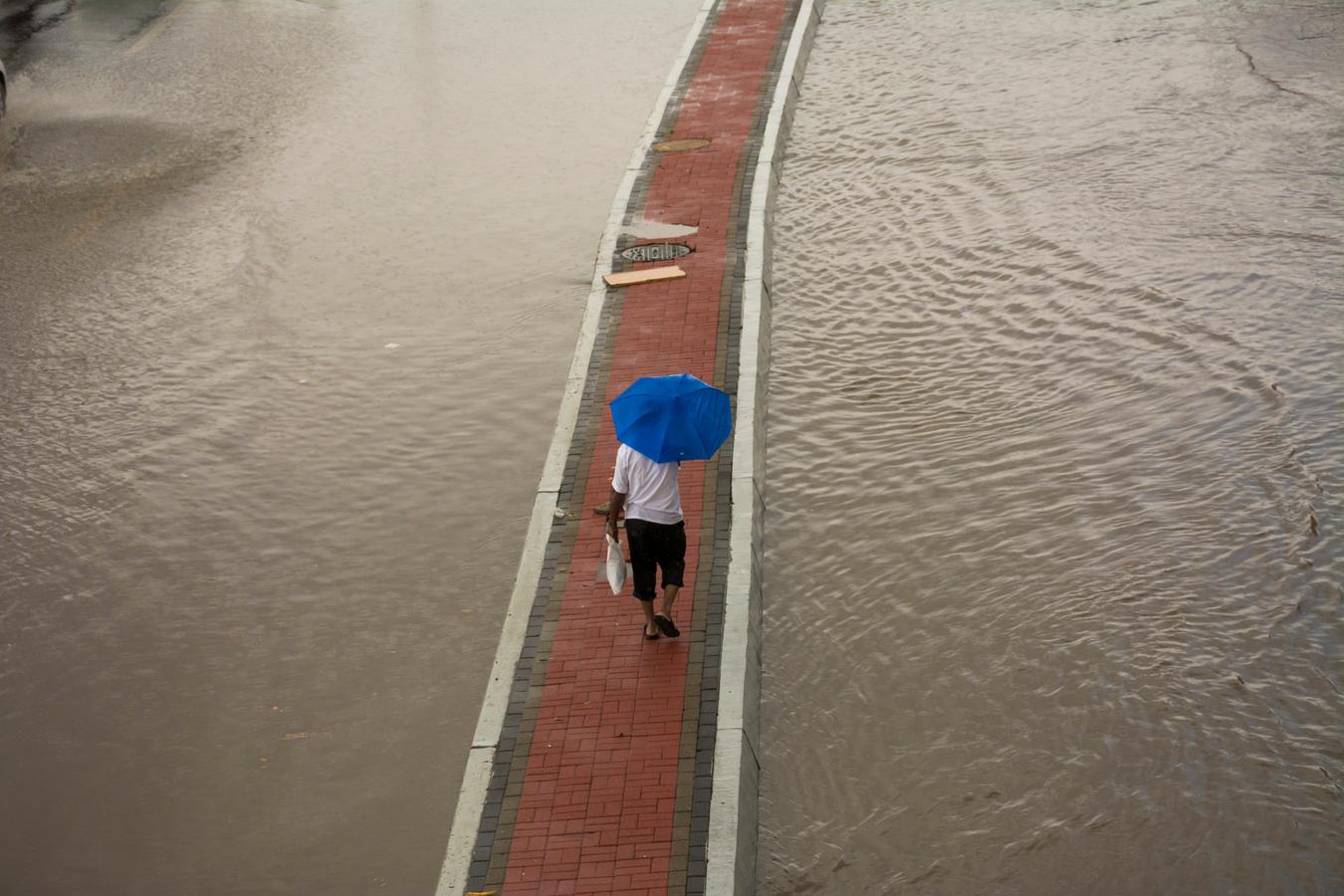
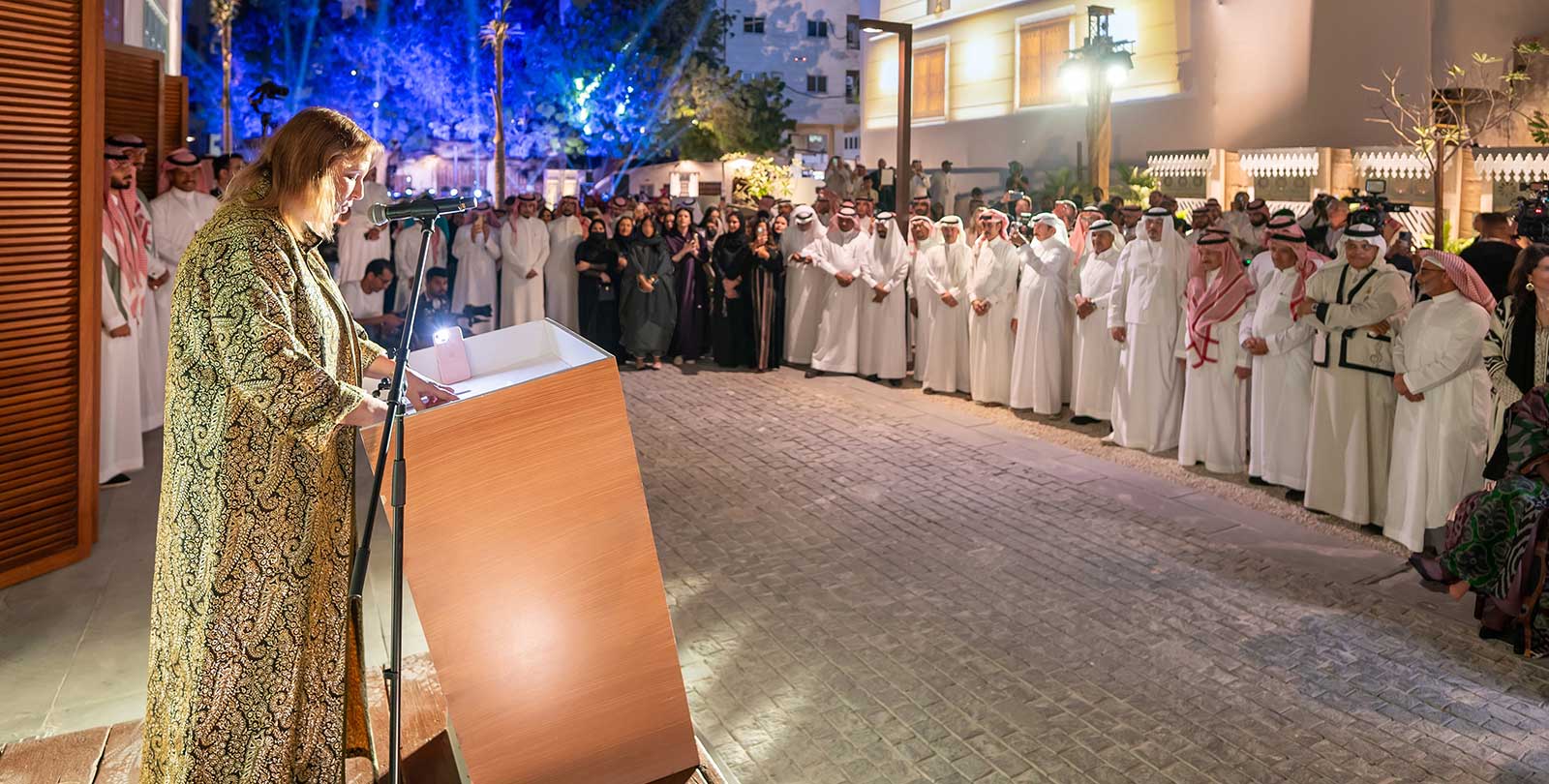
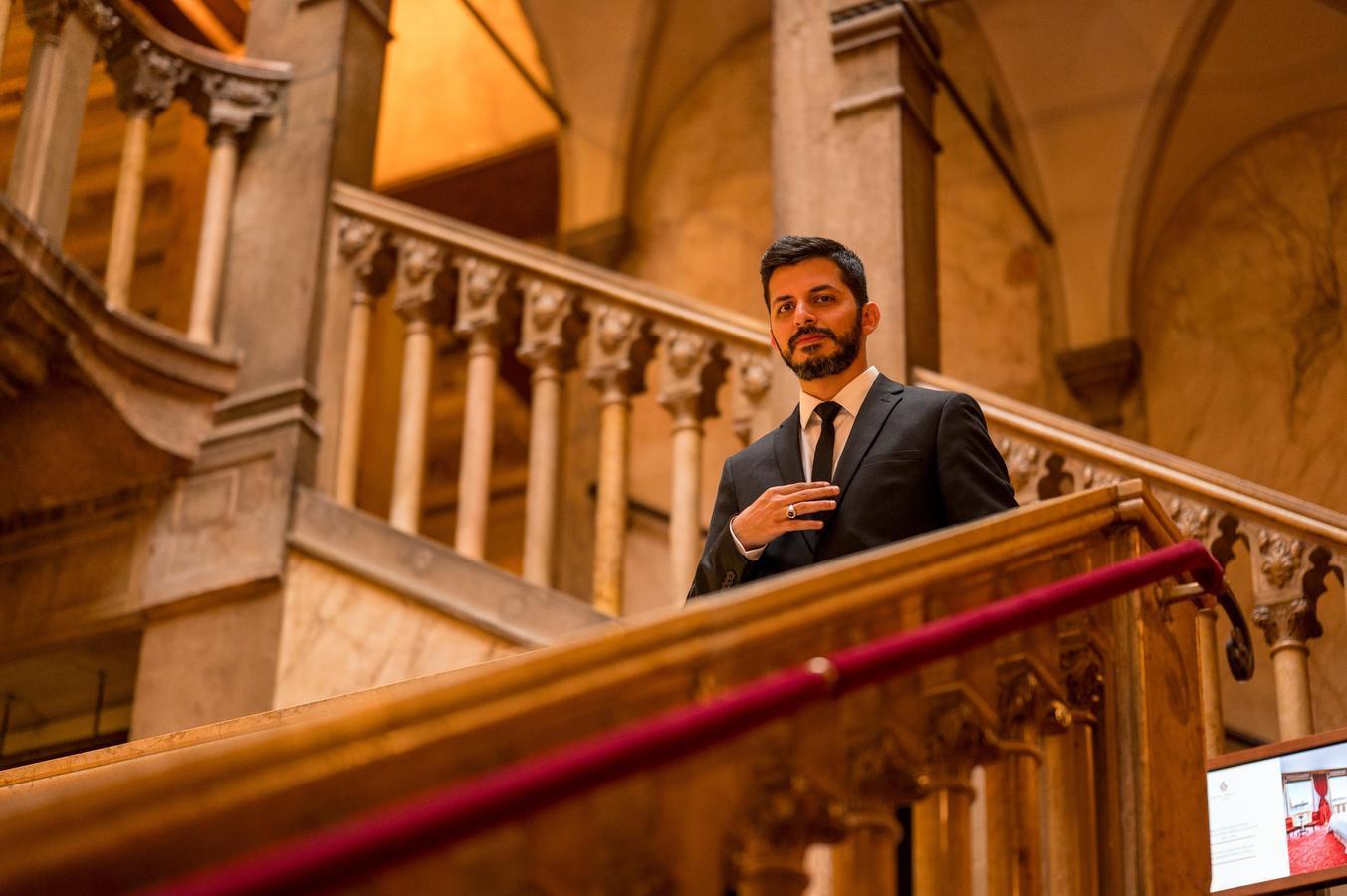
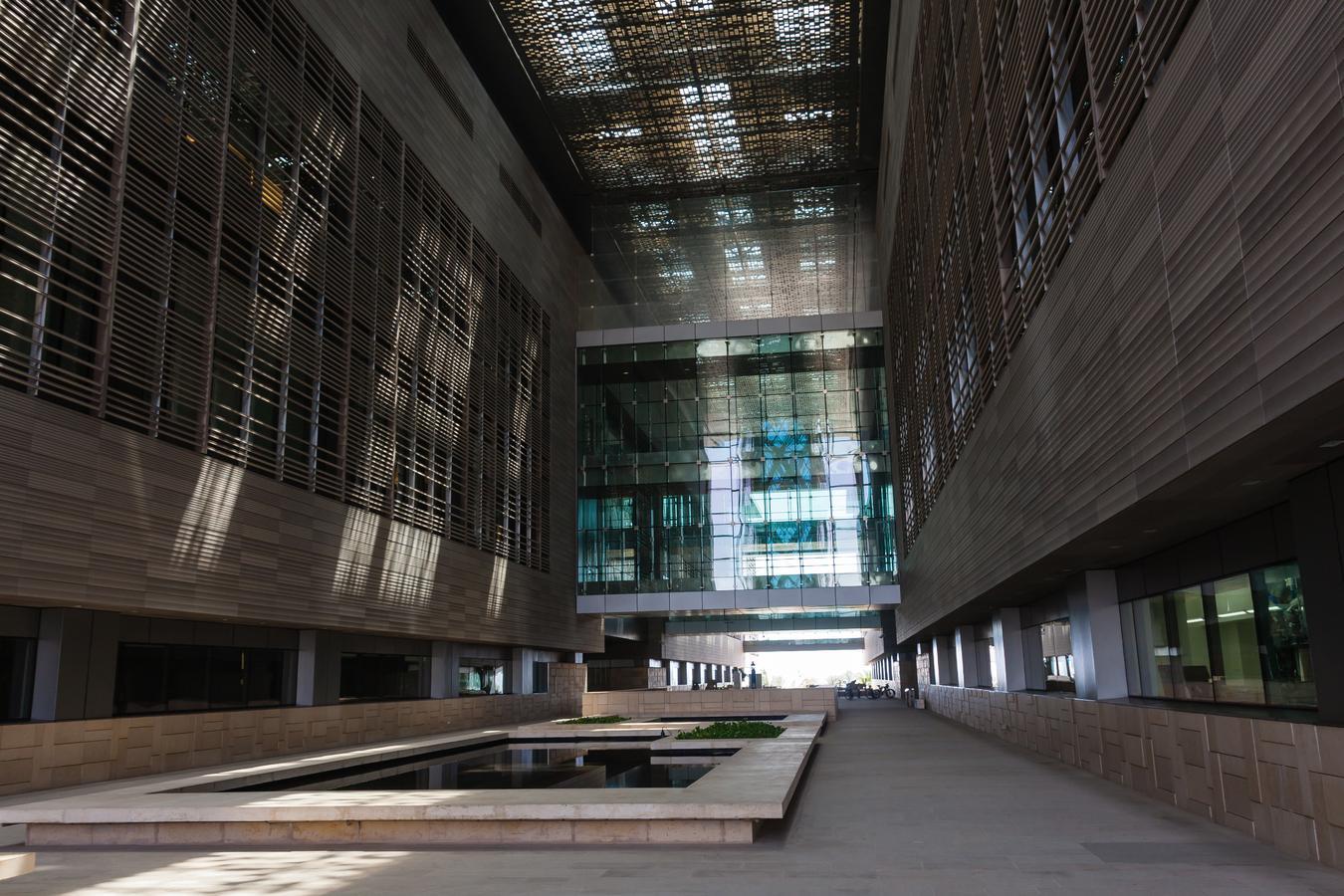


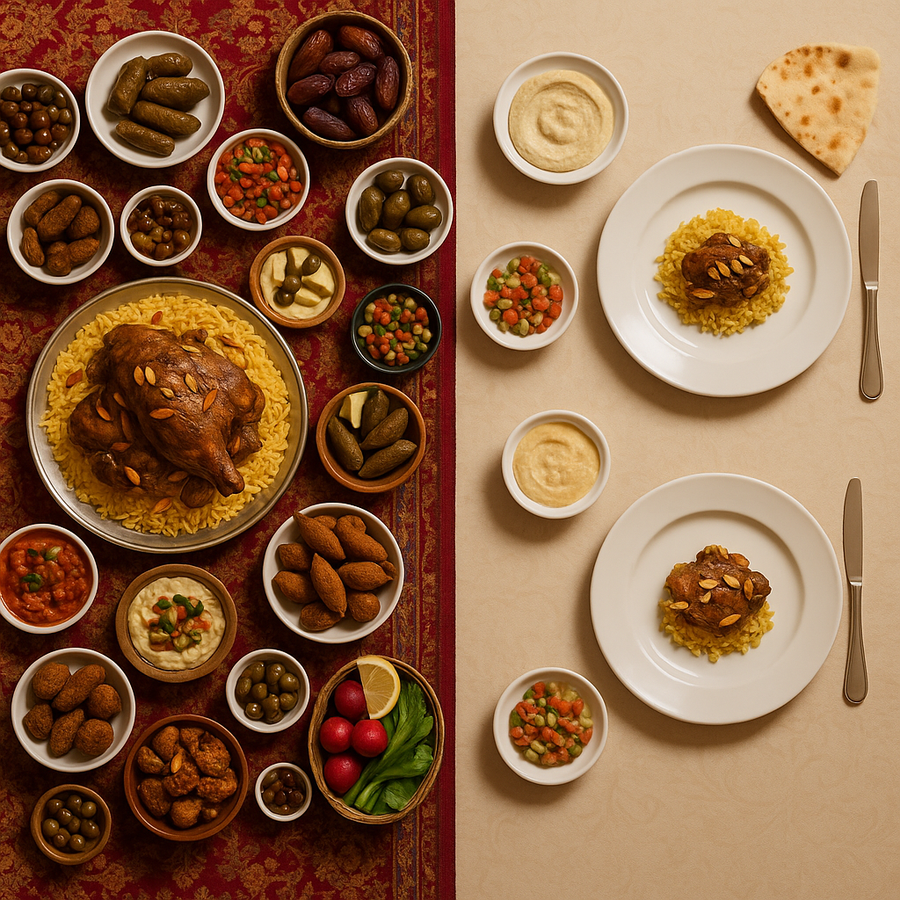
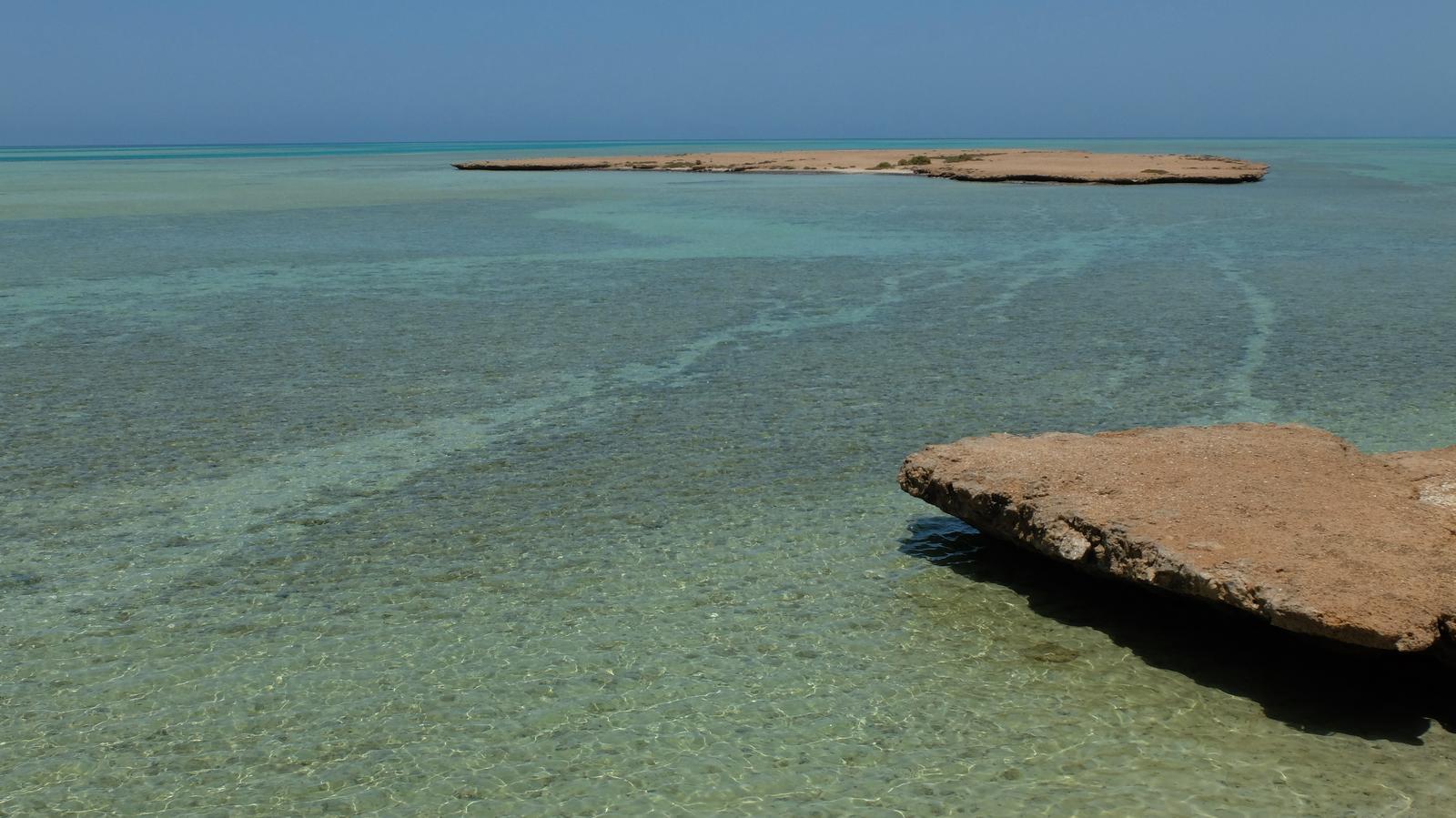
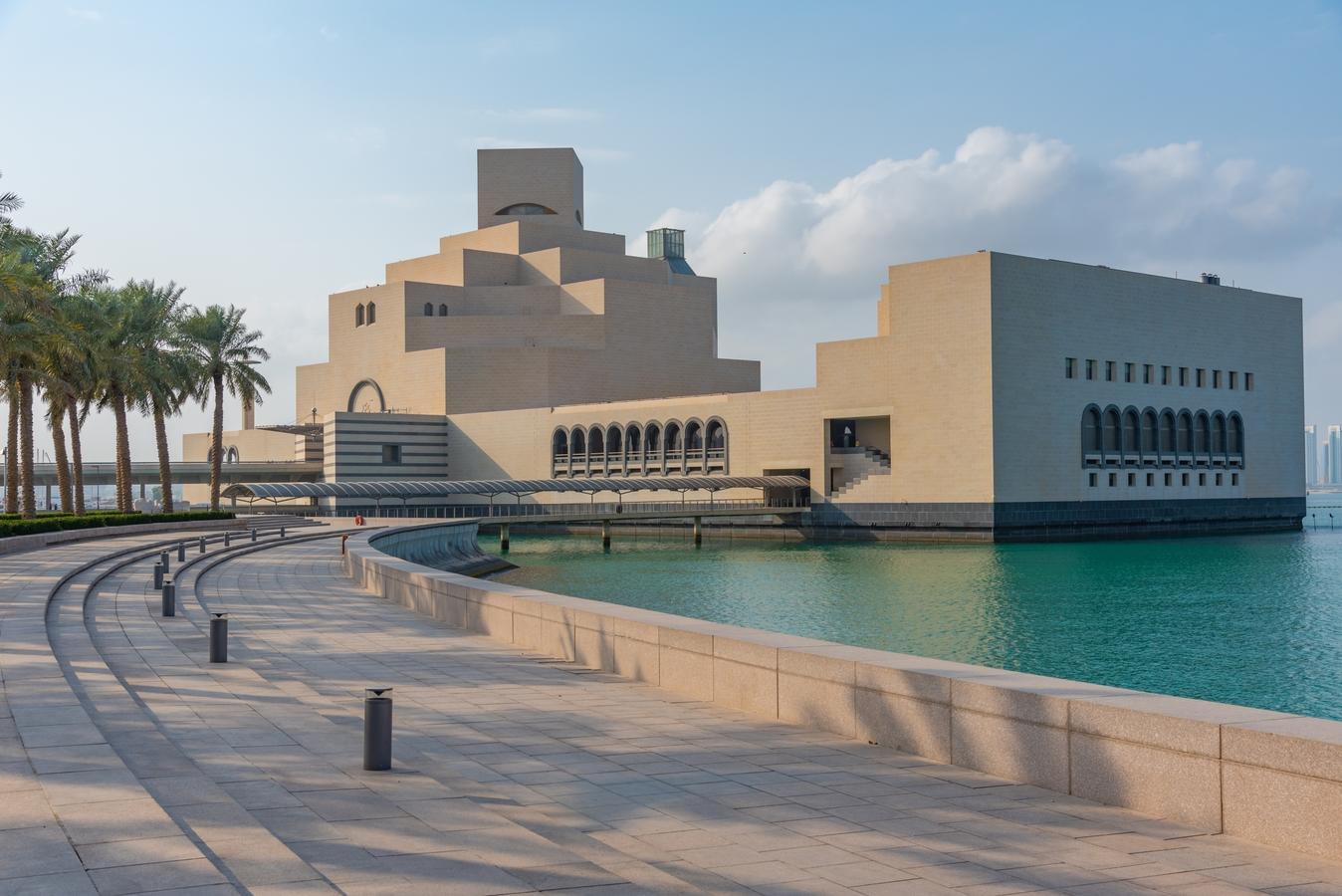
0 Comments
No comments yet. Be the first to comment!